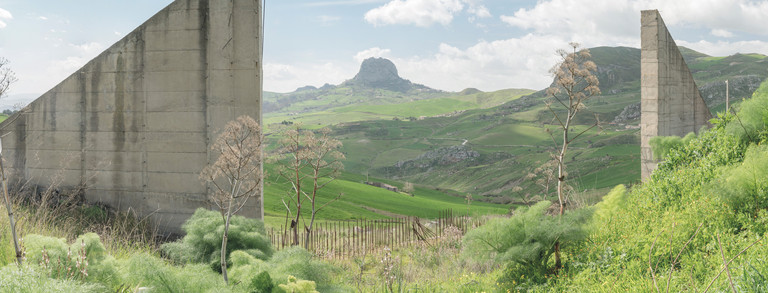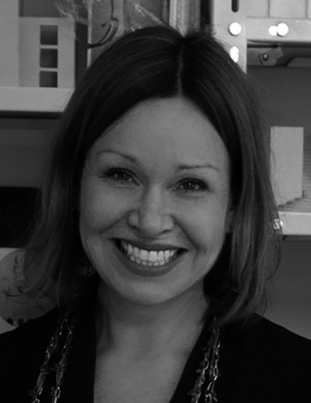
You are here:

Oda Pälmke is an architect based in Berlin (Studio Oda Pälmke). Since 2016 she holds the Professorship for Spatial and Architectural Design at fatuk (Fachbereich Architektur TU Kaiserslautern). She is the author of several books in which she explores the typological-morphological criteria of buildings as well as the nature of design. Most currently „Repertoire 1-7“, a collection of drawings and phenomenological exploration of the substainability of form.

LOOP
The space and composition of our open society are constantly changing within the process of dissolution and becoming. The fragmentary nature of our environment is both built memory and the future, and as a consciously perceived snapshot also a possibility, material and motivation for our own doing. To recognize fragments, missing parts, the half-finished or overgrown situations as a concept leads to the appropriation of the found material. Viewing the world "this way" is a sustainable architectural working method – it leads to tolerance, acceptance and the joyful perception of the coherence of the fragmentary.
